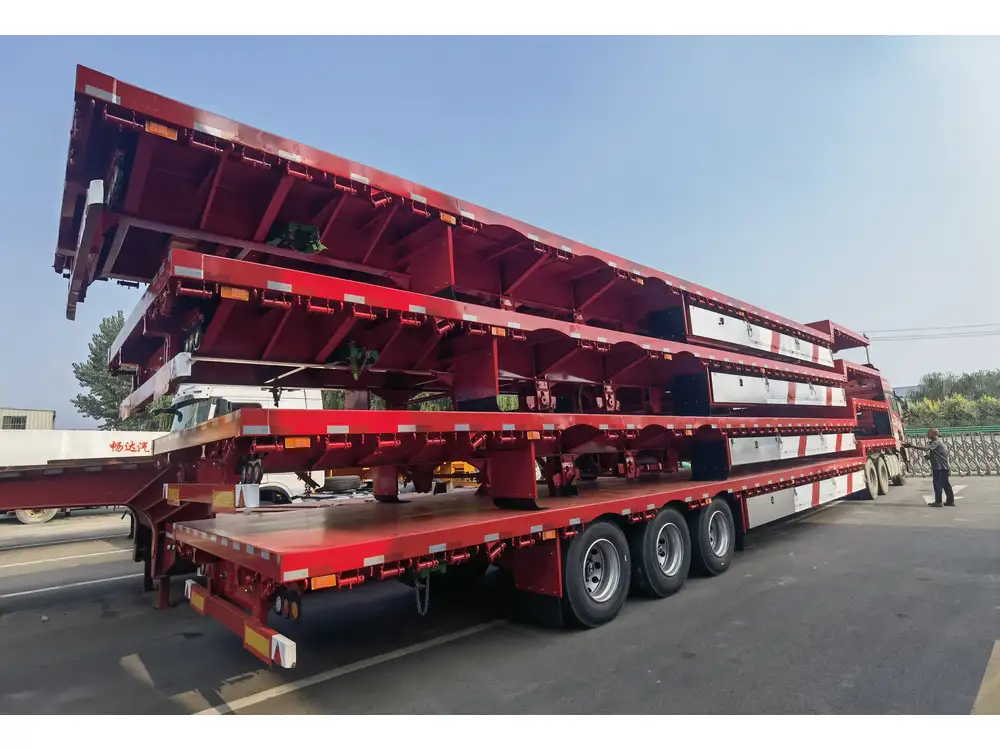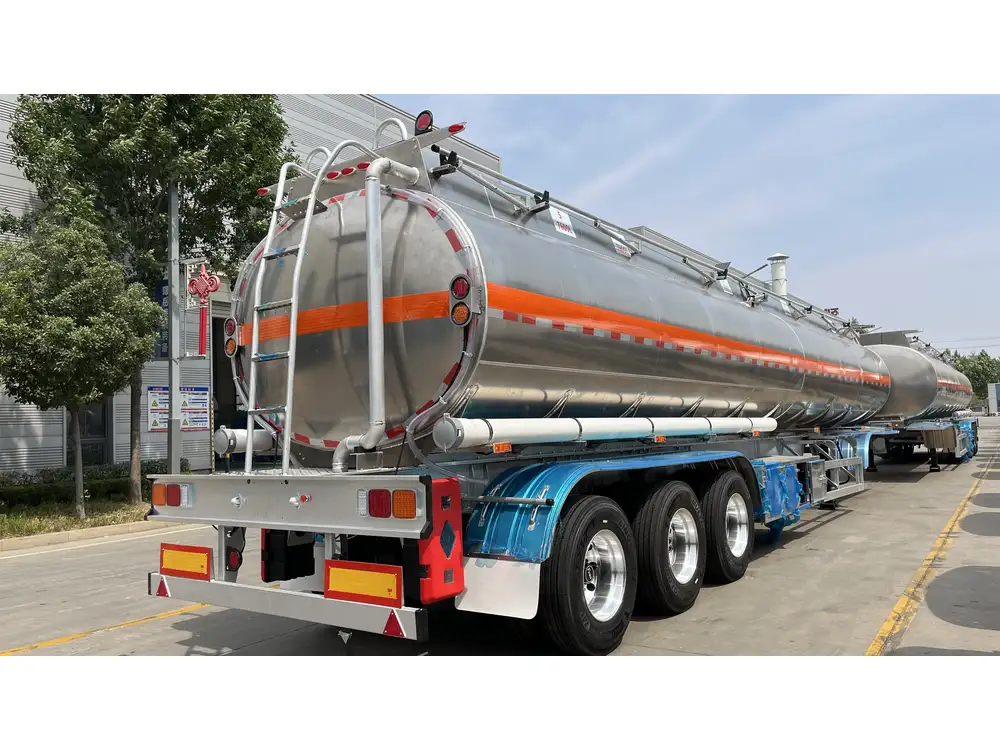Plating a semi-trailer in Maine involves a range of steps designed to keep your vehicle compliant with state laws while maximizing its utility. As a leading manufacturer of semi-trailers, we understand that navigating the registration and plating process is crucial for our customers. This guide will provide you with all necessary details, ensuring you can efficiently and accurately plate your semi-trailer.
Understanding the Basics: What Does Plating a Semi-Trailer Mean?
When we refer to “plating” a semi-trailer, we are discussing the process of obtaining valid credentials that allow a semi-trailer to operate legally on public roads. These credentials usually come in the form of license plates and registration documents issued by the state.
Importance of Proper Registration
Proper registration is essential for various reasons:
- Legal Compliance: Driving an unregistered vehicle can lead to fines and legal issues.
- Insurance Coverage: Most insurance companies require vehicles to be registered.
- Road Safety: Ensuring your equipment is compliant directly contributes to road safety.

Overview of Maine’s Vehicle Registration Laws
Maine’s Department of Motor Vehicles (Maine DMV) oversees vehicle registrations and requires semi-trailer owners to adhere to specific regulations. Understanding these regulations is crucial for efficient plating.
Step-by-Step Registration Process
Here’s a detailed breakdown of the steps needed to successfully plate a semi-trailer in Maine.
| Step | Description |
|---|---|
| 1. Gather Necessary Documentation | Secure your title (if applicable), proof of identity, proof of residency, and any financial documents. |
| 2. Obtain a Maine Vehicle Application Form | You can download this from the Maine DMV website or acquire it at any DMV office. |
| 3. Fill Out the Form | Provide accurate details about the semi-trailer, including its weight, purchase date, and previous registration (if applicable). |
| 4. Calculate Fees | Registration fees vary based on the trailer’s weight and intended use. Visit the Maine DMV’s fee schedule for specifics. |
| 5. Submission | Submit the form and payment either online, by mail, or in person. |
| 6. Receive Registration and Plates | Once processed, the DMV will send you your registration and license plates by mail or provide them at the location. |
Documentation Needed
To prevent delays, ensure you have the following documents at hand:
- Proof of Ownership:
- Bill of Sale (if purchased from a dealer).
- Manufacturer’s Certificate of Origin (for new trailers).
- Identification:
- A state-issued driver’s license or ID card.
- Proof of Residency:
- Utility bill, lease agreement, or government document showing your name and address.

Tips for Filling Out the Vehicle Application
- Be Thorough and Accurate: Double-check that all information is correctly filled out. Common mistakes can delay the process.
- Use Legible Handwriting: If not applying online, ensure that your handwriting is clear, particularly your contact information.
- Keep Copies: Before submitting, make copies of the filled application and documents for your records.
Registration Fees Overview
Understanding the fee structure can save you both time and money. Maine DMV outlines several factors that can influence your registration costs:
| Weight Class | Fee Example | Notes |
|---|---|---|
| 0-2,999 lbs | $35 | Light trailers typically fall within this category. |
| 3,000-4,999 lbs | $75 | Most utility trailers might fit here. |
| 5,000+ lbs | $150+ | Heavier trailers used for commercial purposes. |
Special Considerations for Commercial Use
If the semi-trailer is utilized for commercial purposes, additional considerations may apply, such as:
- IRP Registration: If you operate across state lines, you may need to apply for an International Registration Plan (IRP).
- Additional Insurance: Commercial trailers often require higher insurance coverage amounts.

Maintaining Registration Compliance
After successfully plating your semi-trailer, it is imperative to maintain compliance. Here’s how:
Renewing Registration
- Annually Required: Make sure to renew your registration every year to avoid fines.
- Documents: Keep all necessary documents organized for smooth renewal.
Inspections and Safety Checks
Conduct regular safety checks to ensure that your semi-trailer remains in prime operating condition. Maintain records of inspections, repairs, and upgrades, as these can be beneficial for compliance and resale considerations.

Troubleshooting Common Issues
Despite best efforts, issues may arise during the plating process. Below are common problems and their solutions.
| Problem | Potential Solution |
|---|---|
| Lost Title | Apply for a duplicate title through the Maine DMV. |
| Denial of Application | Review rejection reasons carefully and rectify inaccuracies before re-submitting. |
| Delayed Processing | Contact the DMV for status updates or potential issues causing delays. |
Frequently Asked Questions (FAQs)
How long does it take to receive plates after submitting an application?
Typically, plates can take up to 2-4 weeks to arrive by mail. If submitted in person, you may receive them the same day.

What should I do if I change my address?
You must report any address changes to the DMV within 30 days. This can often be done online.
Can I plate my semi-trailer online?
Yes, Maine offers an online application process for certain registrations. Confirm eligibility on the DMV website.
Conclusion
Plating a semi-trailer isn’t just a bureaucratic necessity; it’s an essential process that ensures compliance, enhances safety, and supports efficient logistics. By carefully following the steps outlined in this guide, and understanding the regulatory landscape in Maine, semi-trailer manufacturers and operators can manage their plating process effectively. Keep the documentation organized, adhere to the registration laws, and ensure regular maintenance of your vehicle. Your compliance not only safeguards your operation but also bolsters the integrity of the trucking industry in Maine.



